Modern cameras allow us to shoot in ever-increasingly challenging circumstances; weather-sealing makes rainy-day images possible, while image stabilisers facilitate sharp images at staggeringly low shutter speeds. Additionally, cameras’ high-ISO performance improves each year — so shots taken at 12,800 ISO are now certainly usable — and the proliferation of mirrorless cameras has brought about a revolution in autofocusing capabilities.
Photographers are making use of all these tools to document and record the natural world like we have never seen before….and it’s wonderful. A visit to the Natural History Museum’s Wildlife Photographer of the Year exhibition illustrates this well.
Twilight, dawn and dusk
In this blog, I want to talk more about taking photos in the half-light period around dawn and at dusk. The advancements in high-ISO performance, low-light autofocus and image stabilisation has opened up these special periods at the start and end of each day.
Firstly, I want to define what I mean about low-light photography for the purposes of this blog. I refer specifically to the period of each day, especially in the evening, when the light is fading fast, colours are draining out of the scene, and our eyes are starting to struggle to define detail. Camera settings at these times will be in the region of 1/20sec at f4 with an ISO of 6400.
Some might wonder why we want to shoot at this time of the day. There are several reasons why; it’s a time when predators start to become active, and also a time when seldom-seen creatures may appear from their hideouts. But mostly, because the light at this time can be really stunning; long before sunrise/after sunset, the light has lost its directional qualities, and it’s bouncing off the clouds and any reflective surfaces, creating a soft glow that can’t be recreated at any other time of day.
This is a time of day when a lioness finally rouses from her slumbers and sits up. Moments later her cubs realise that she is awake and come to sit under her jawline, looking out over their evening hunting ground. Nearby, baboons are preparing for the night, with sentries sitting on fallen trees and termite mounds to scout for danger before roosting. Elephants standing among massive winter thorn forests pause as the sound of lions calling nearby.
All of the images below were shot at ISOs of 3200 or above and at shutter speeds of less than 1/30sec. They all show the soft colour-rich qualities that are associated with photos taken at this time of day. Have a look at the glow in the eyes of the baboons, the lions and the young leopard….and note the depth of the forest in the elephants image.
Technique
Achieving images like this is easier than you would think. Firstly, you need a relatively static subject; if your subject is moving, these images won’t work (though review my blog about intentional blur here), and you need to rest your camera firmly so that there is minimal camera shake. Finally, however hard you try, there will be movement in your camera or in your subject (or from the autofocus system) so prepare to take short bursts of shots in order to achieve one that is sharp.

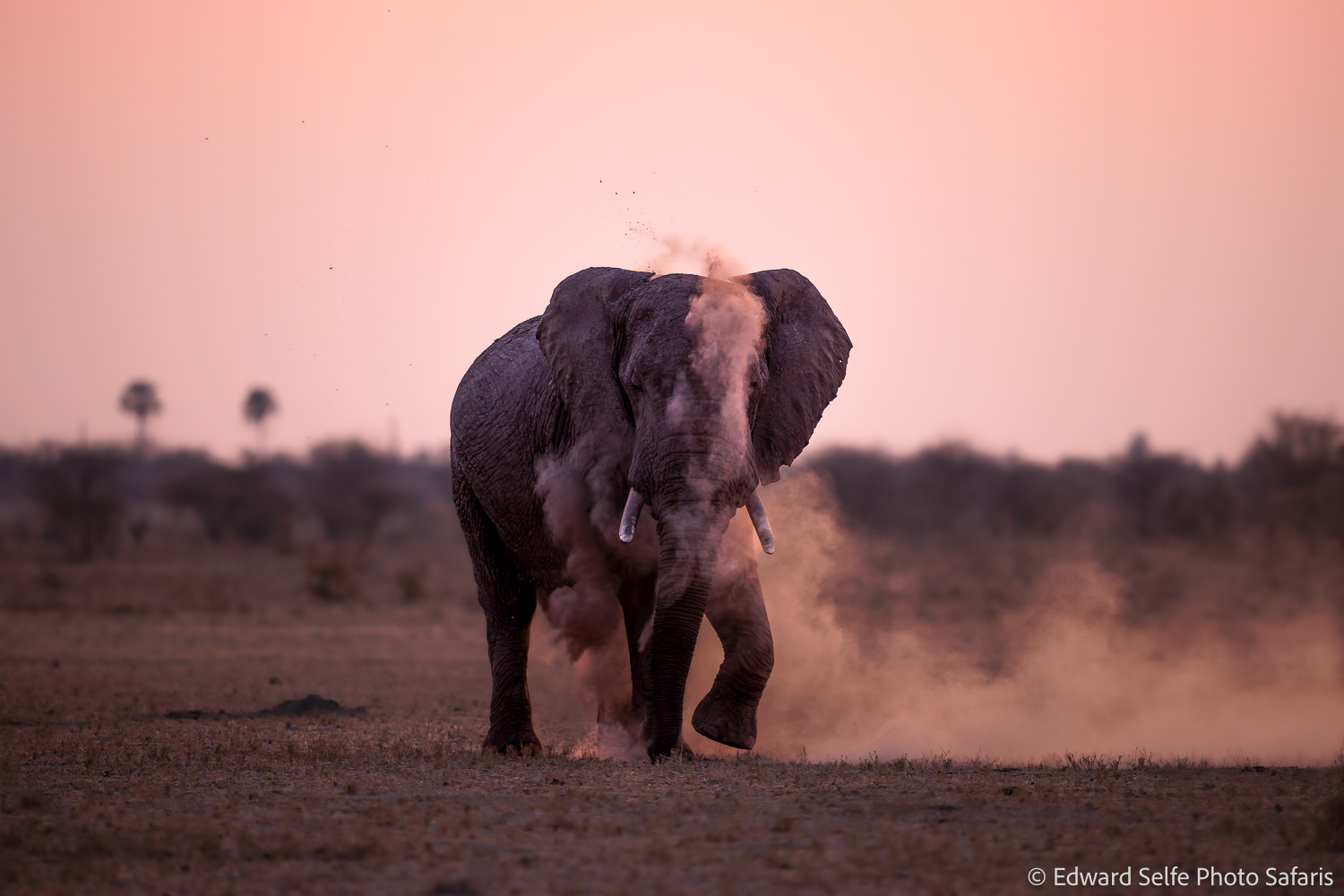
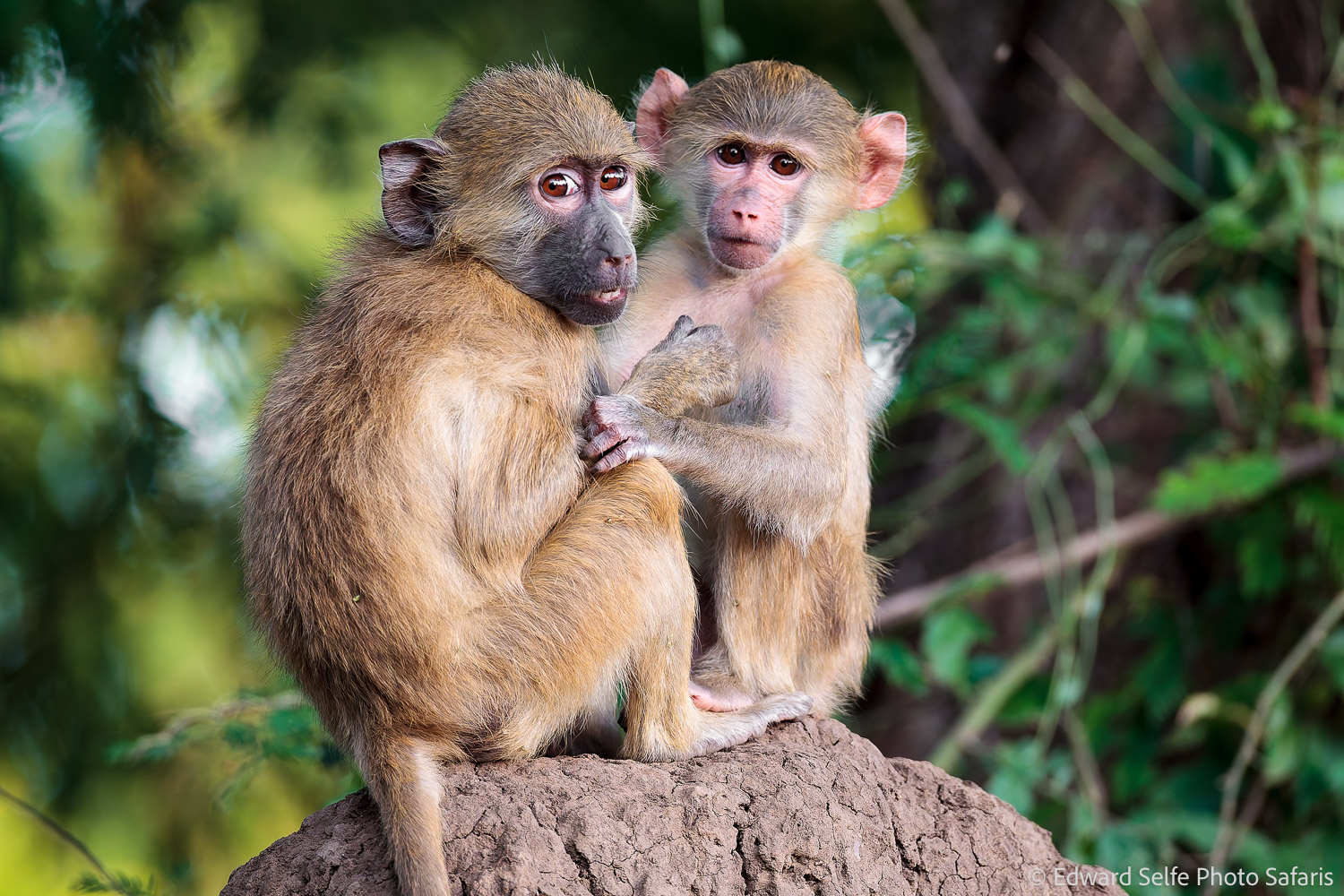
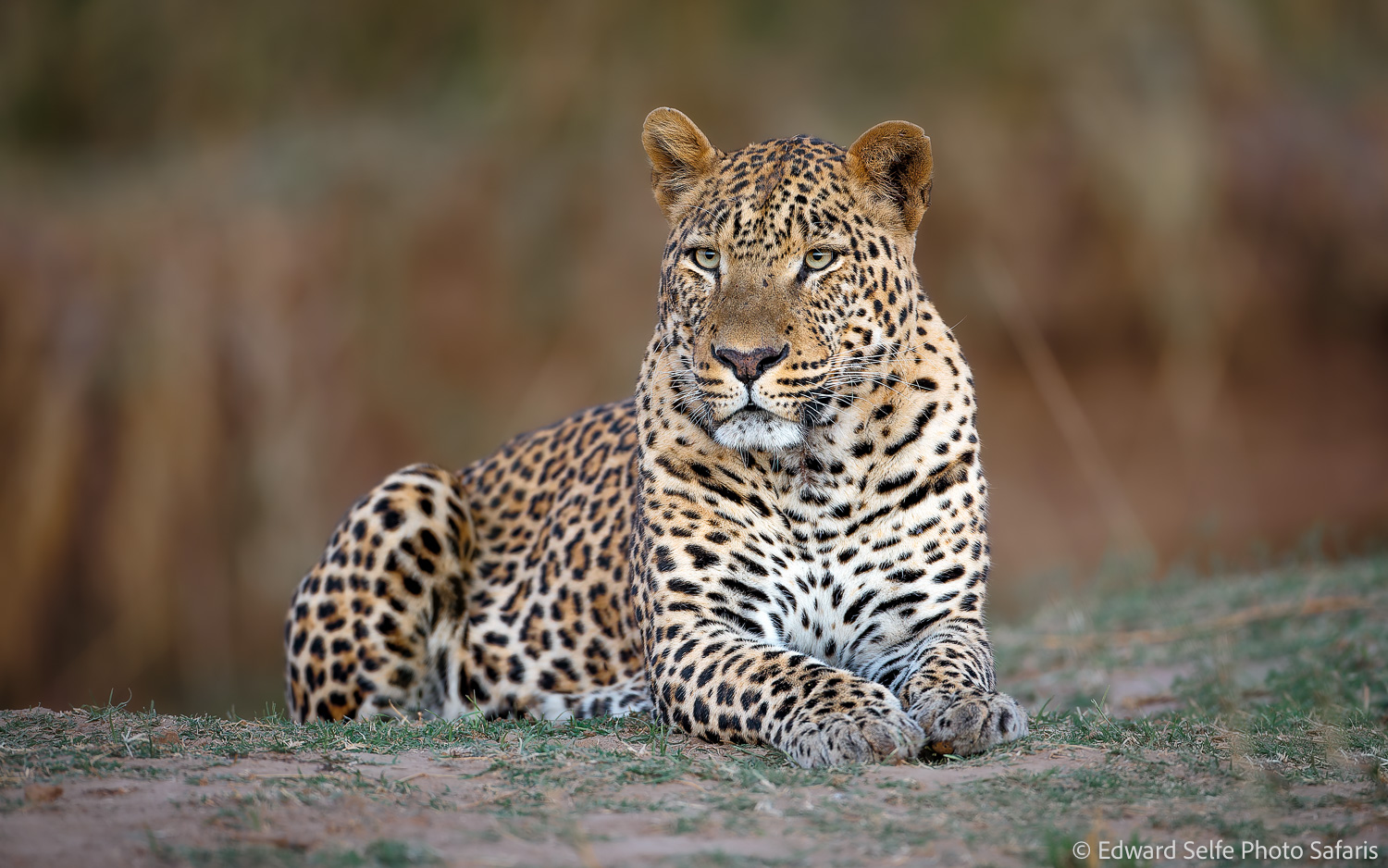
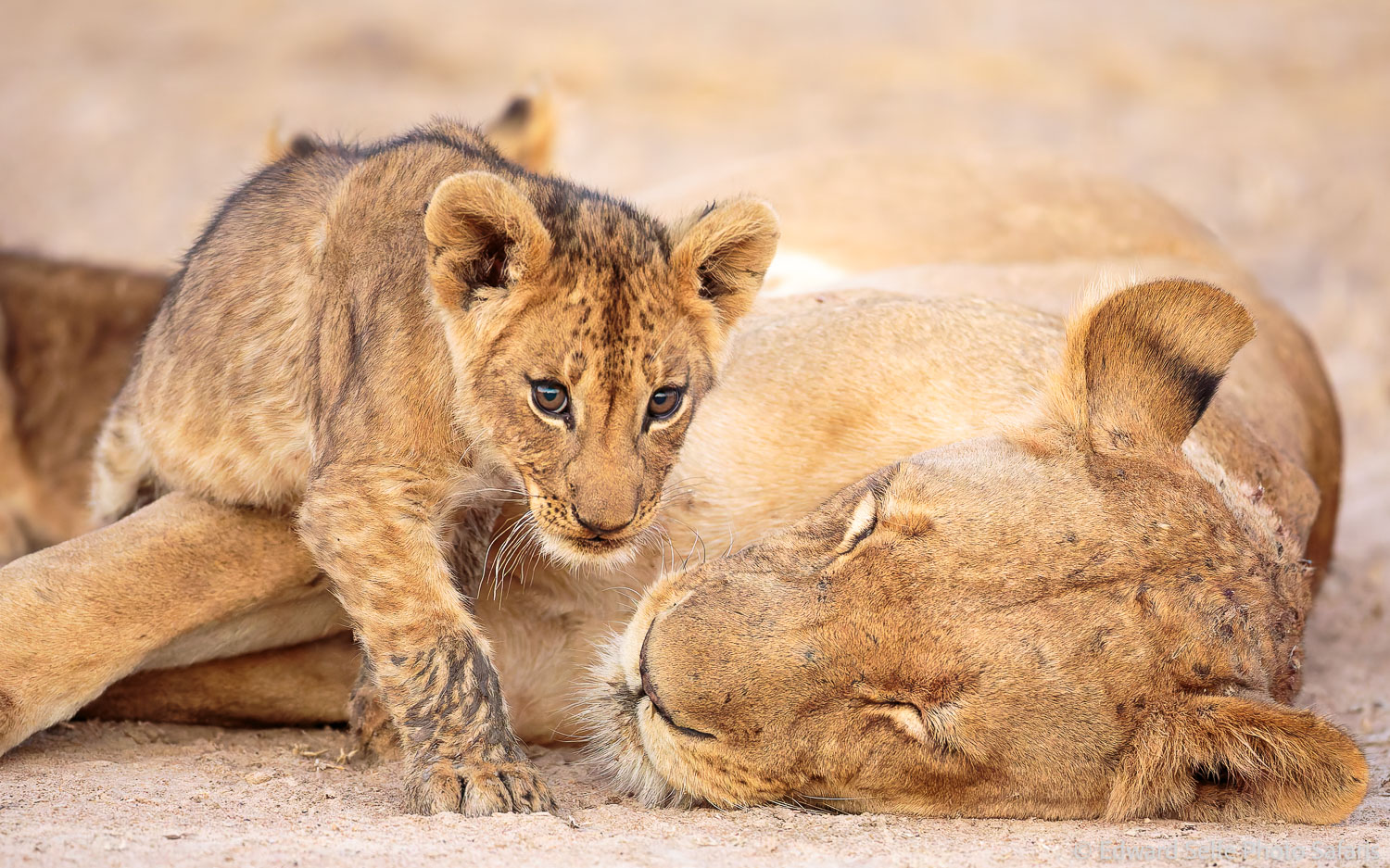
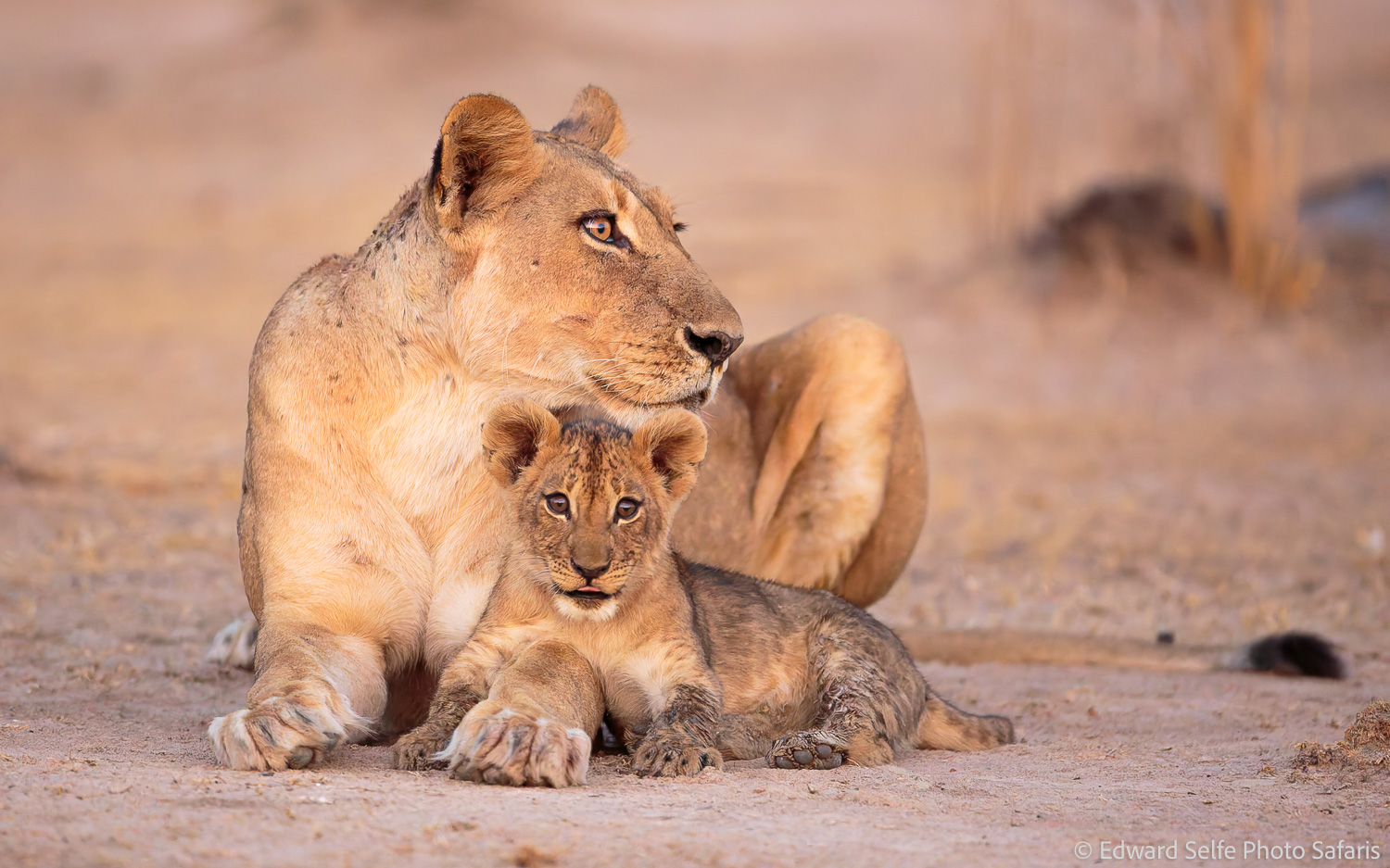
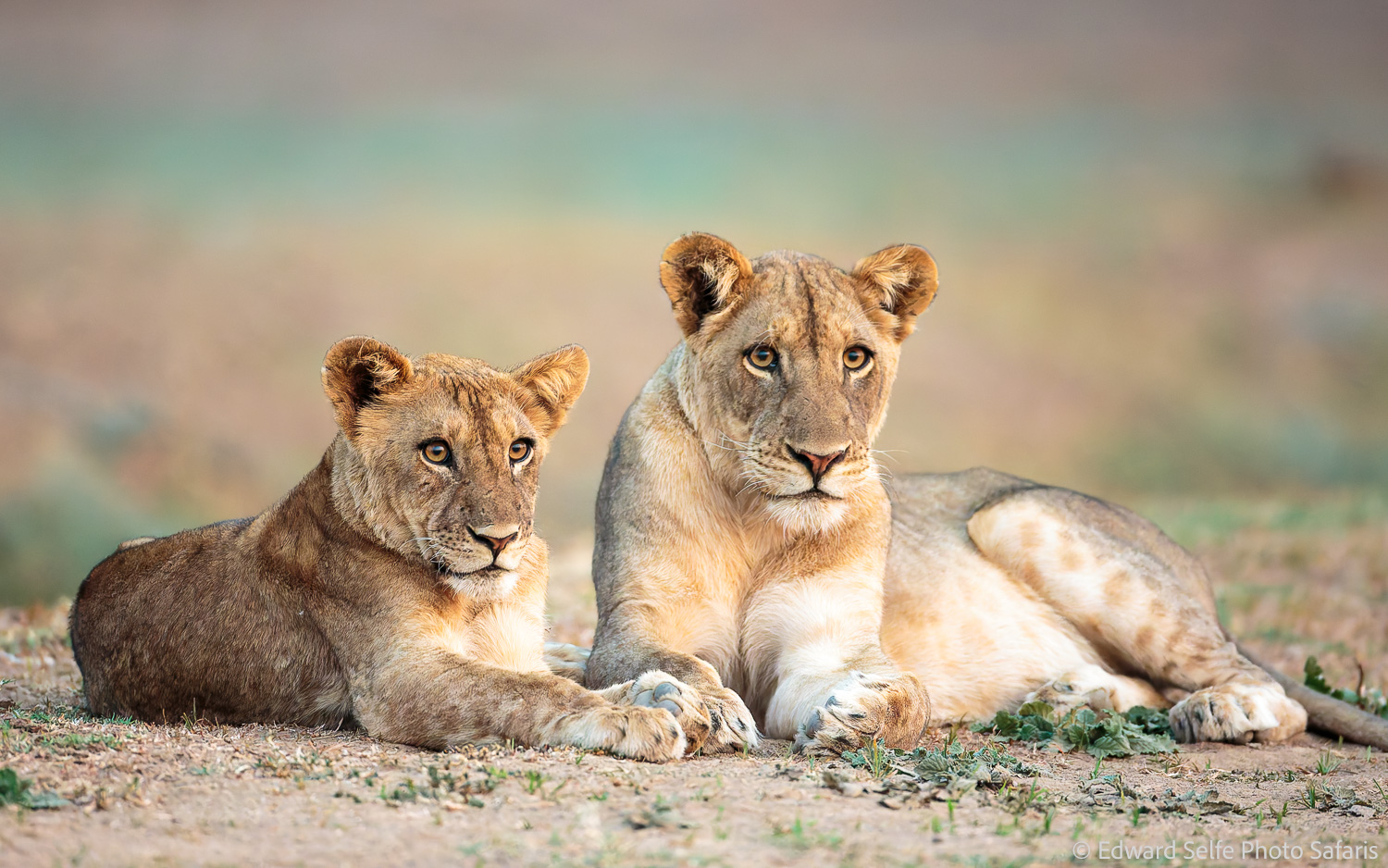
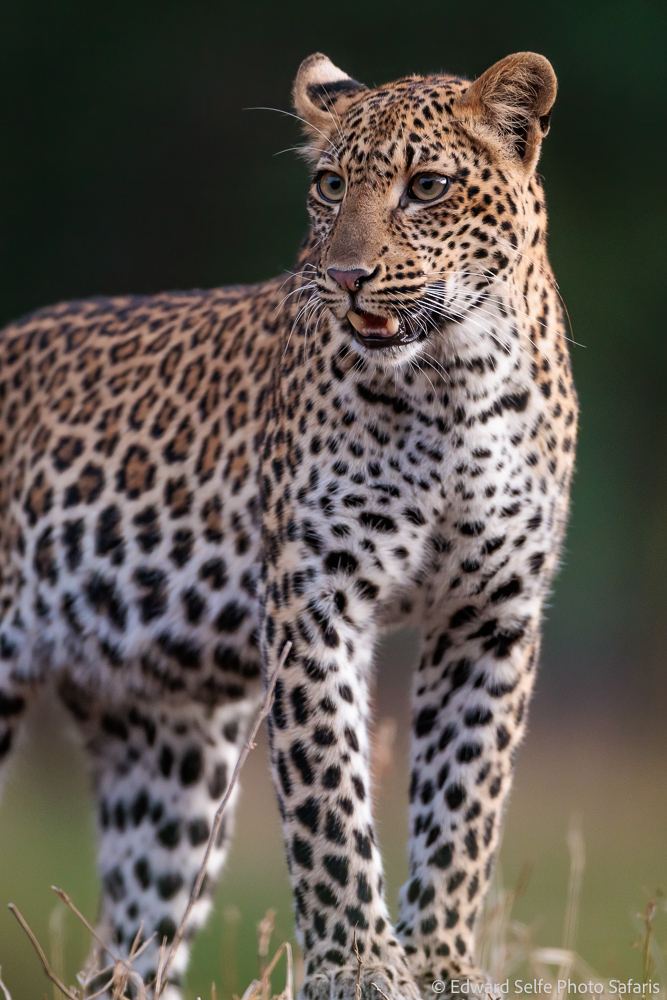
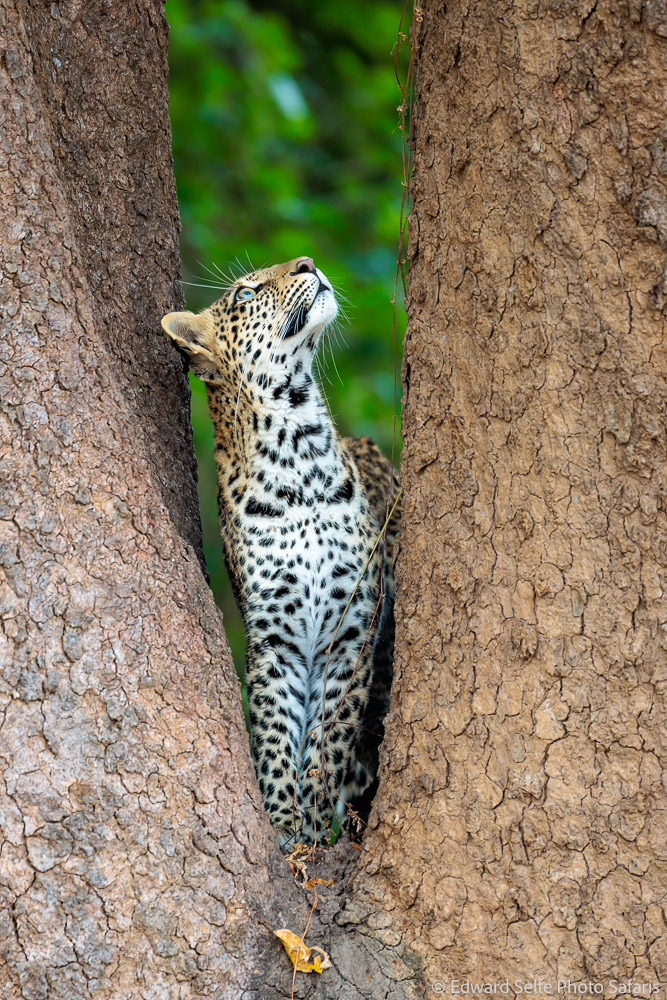
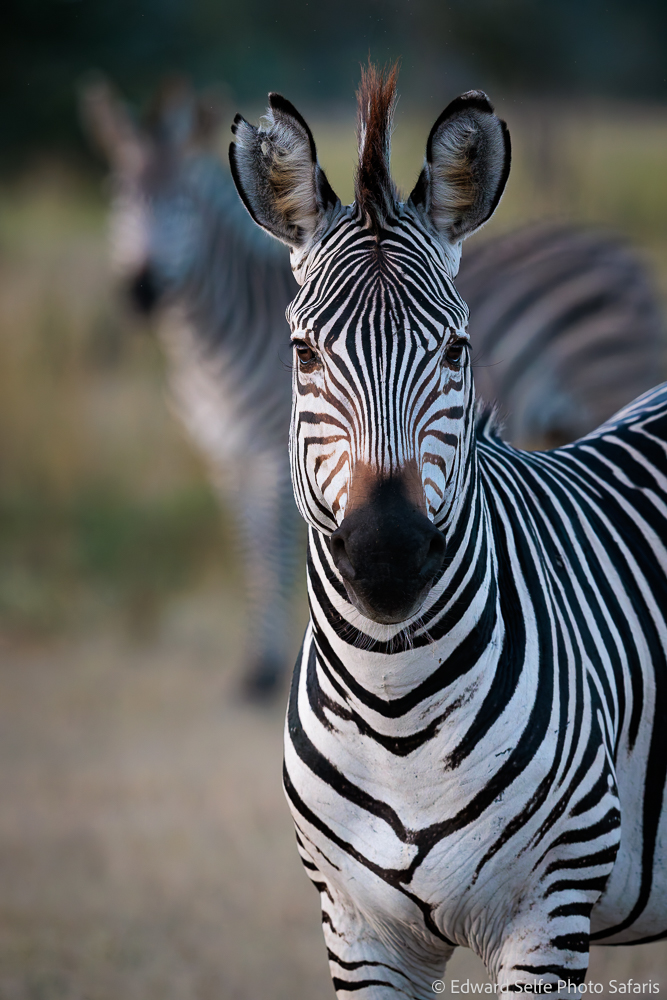
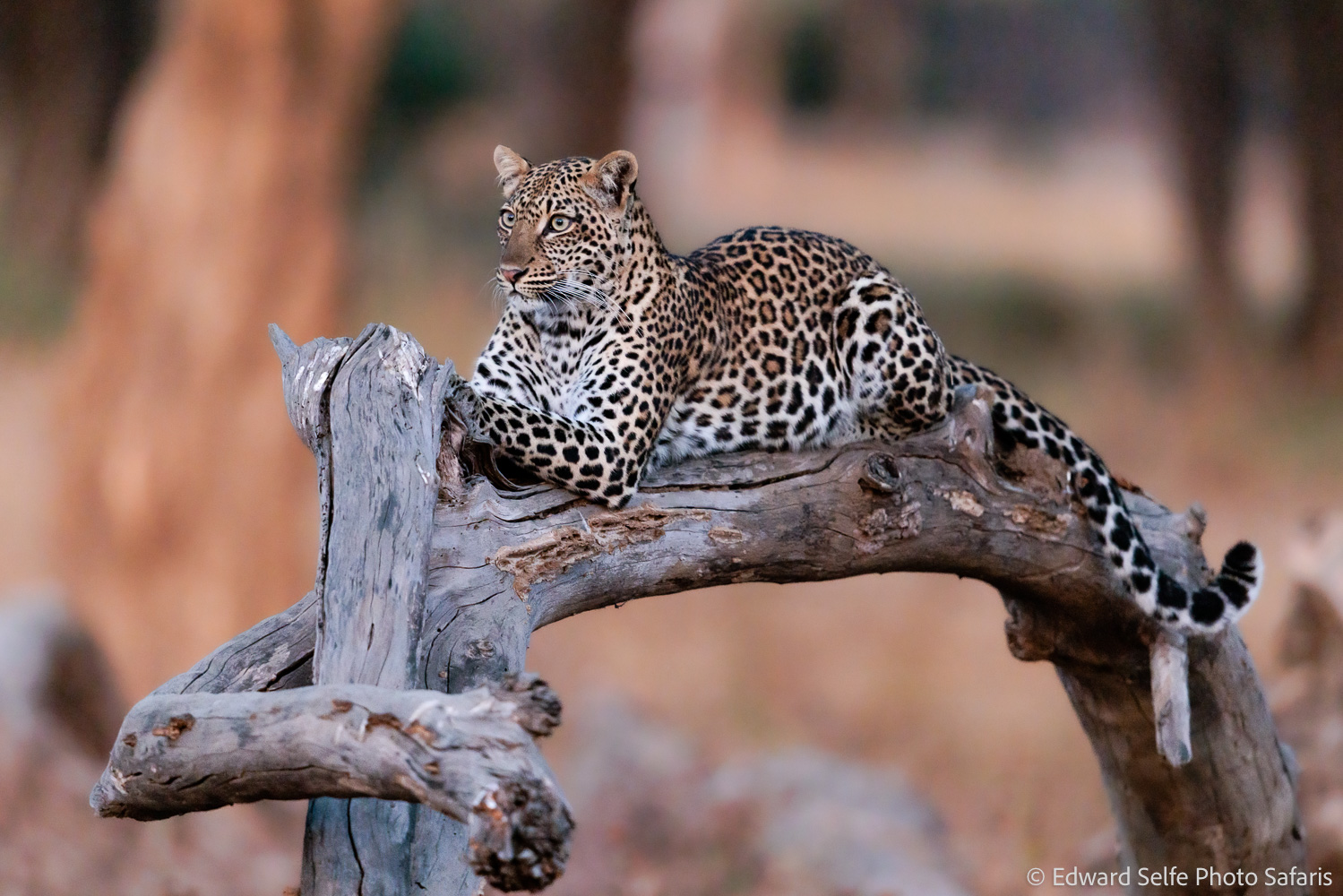
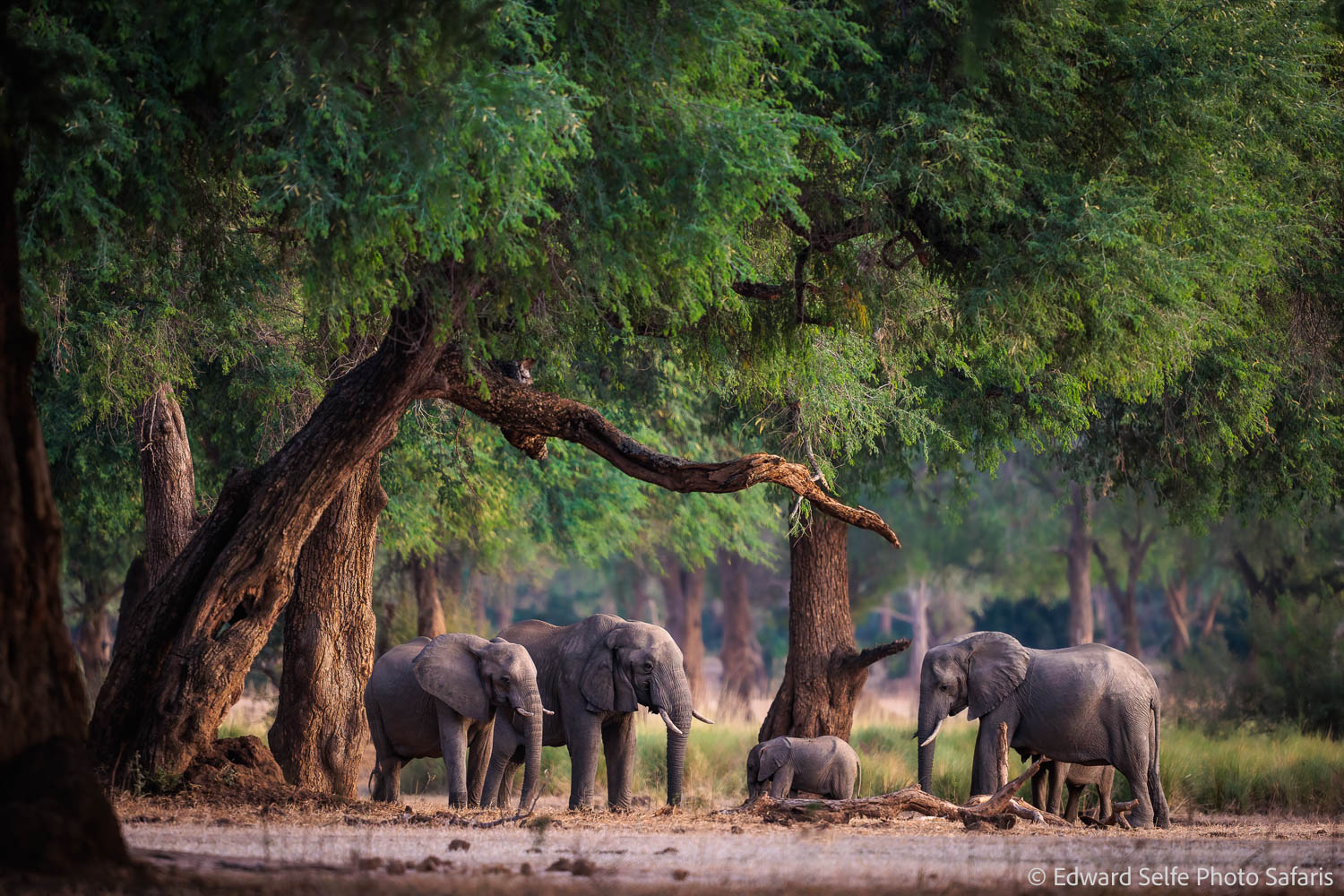
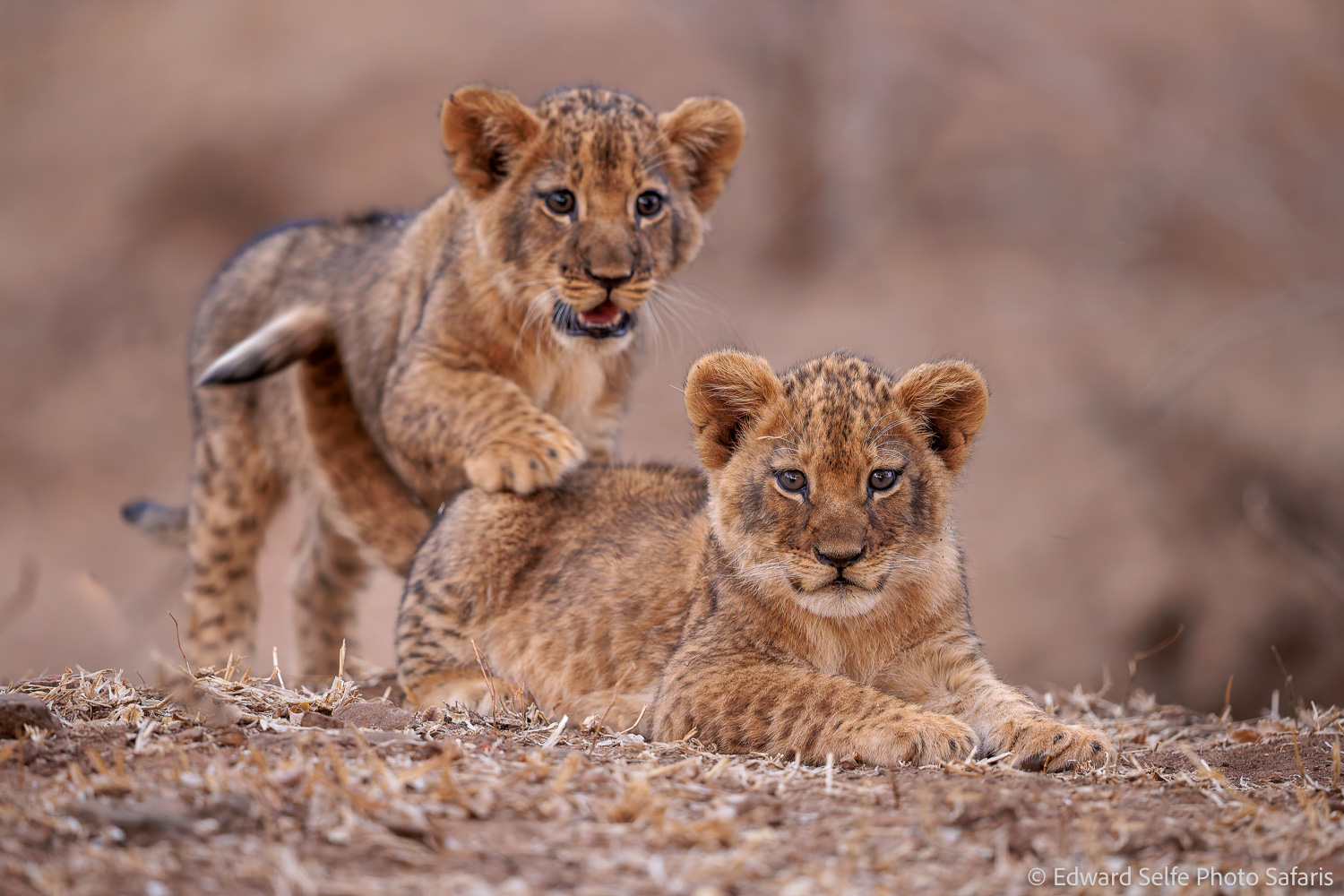
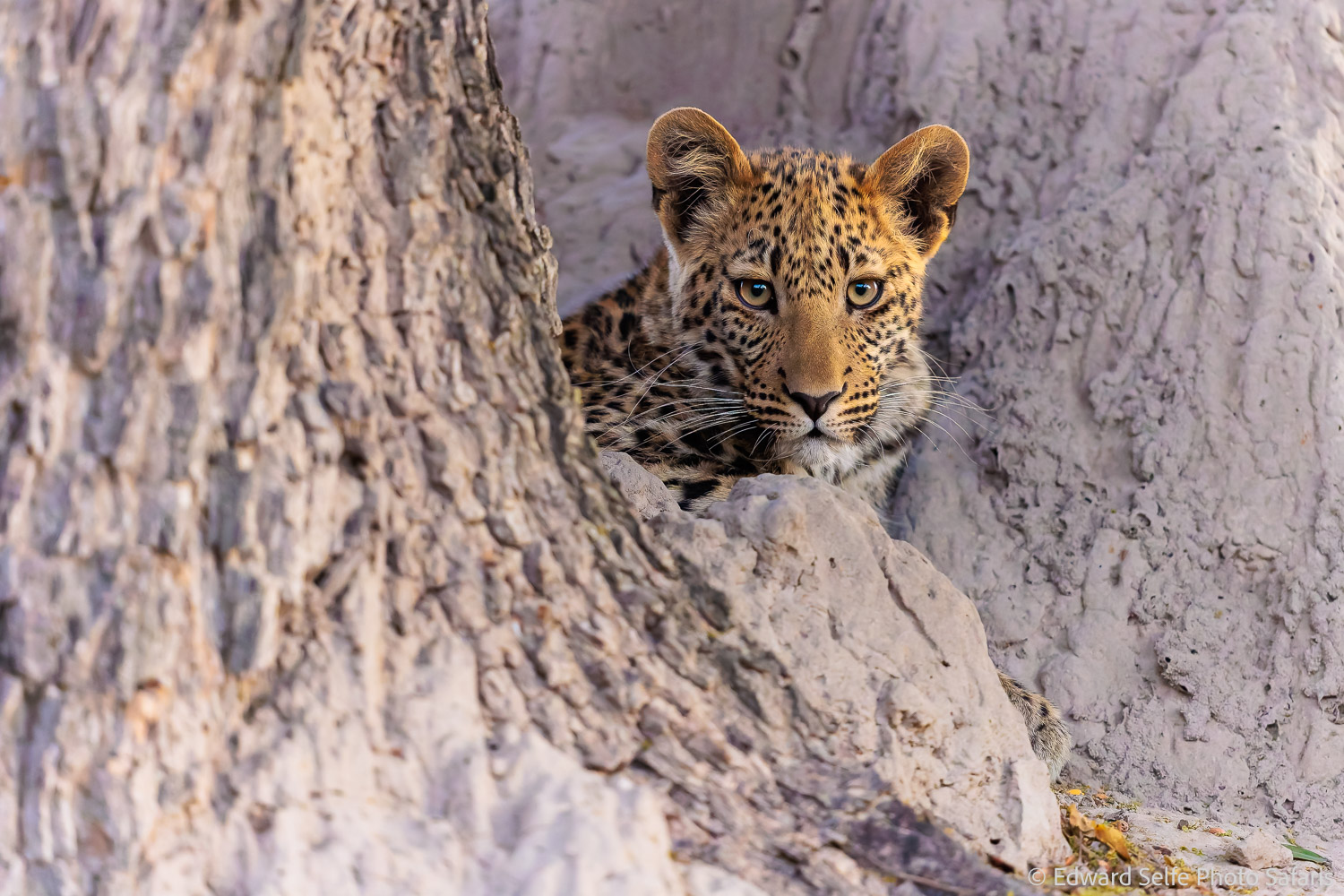
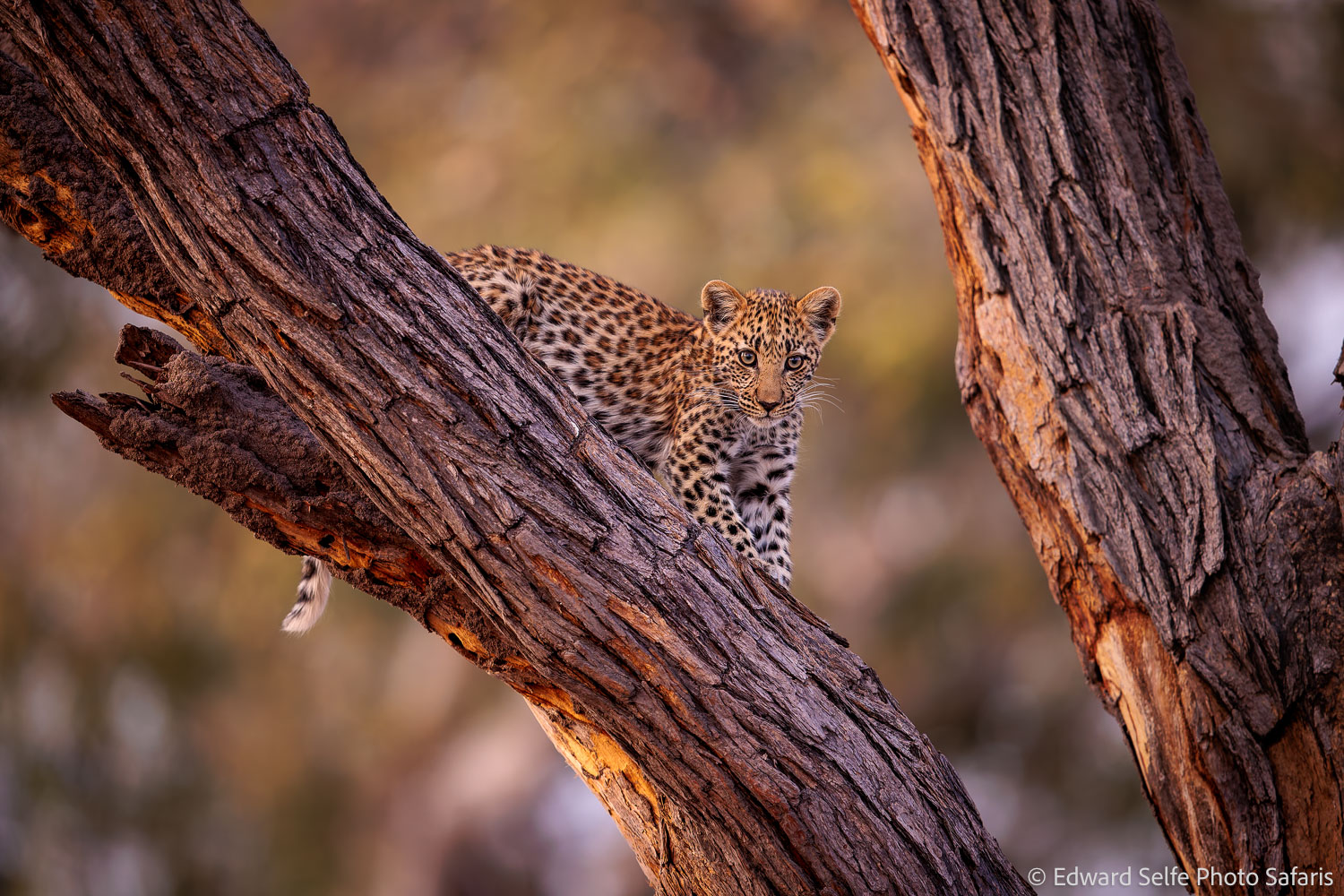
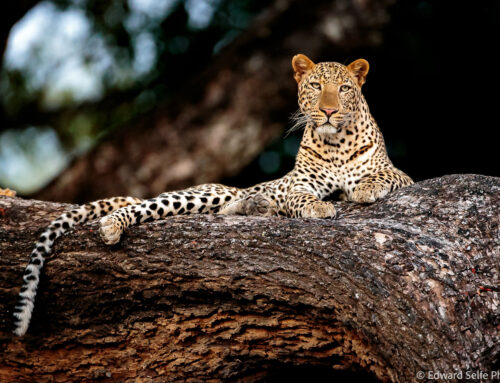
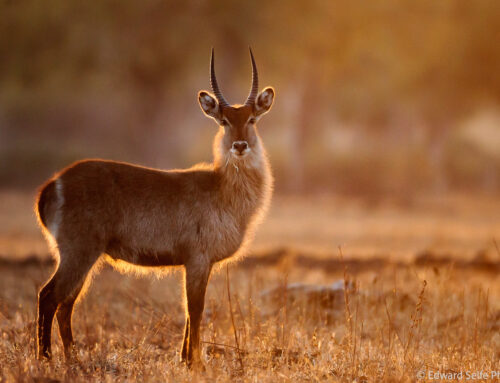

Leave A Comment